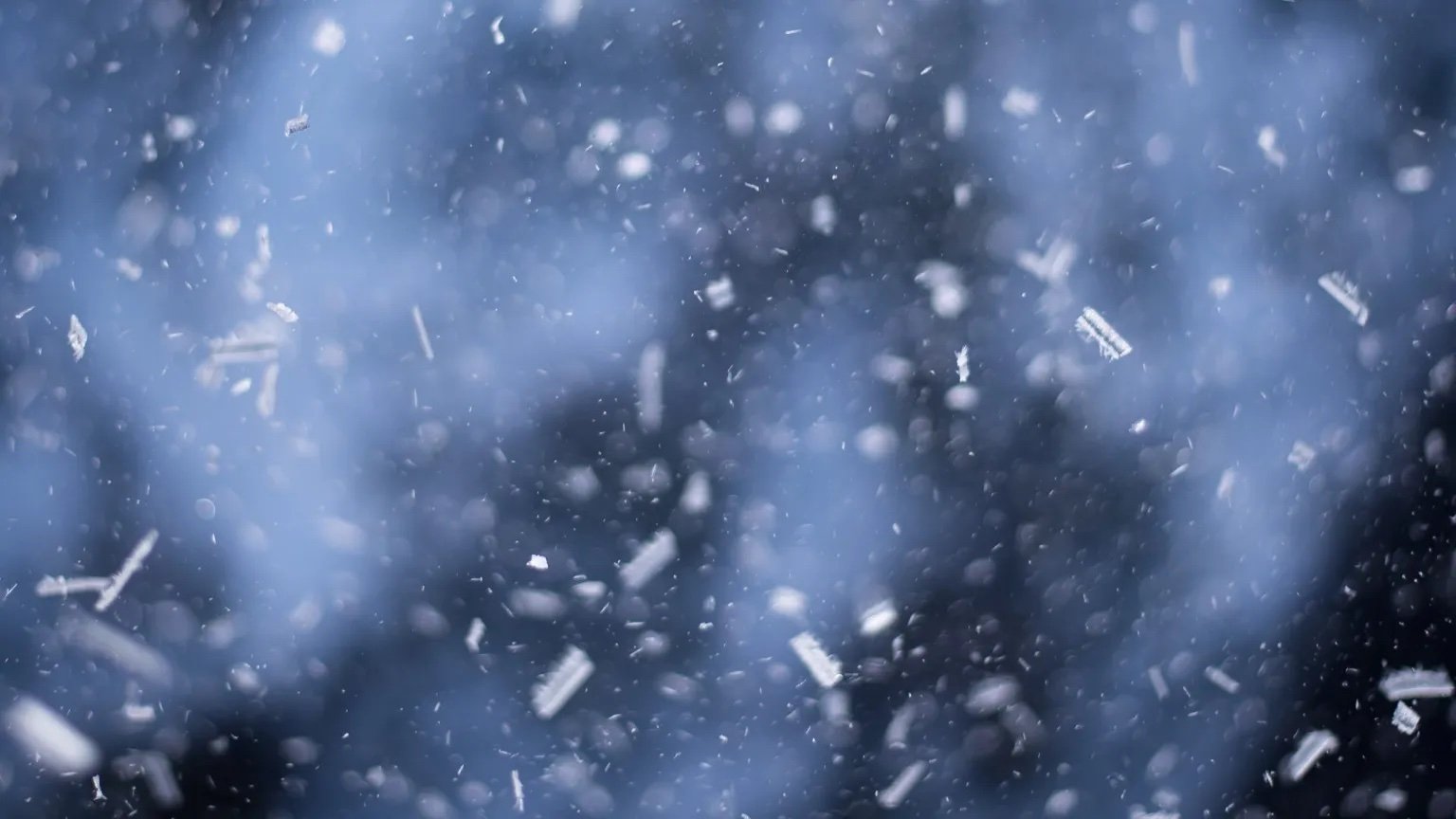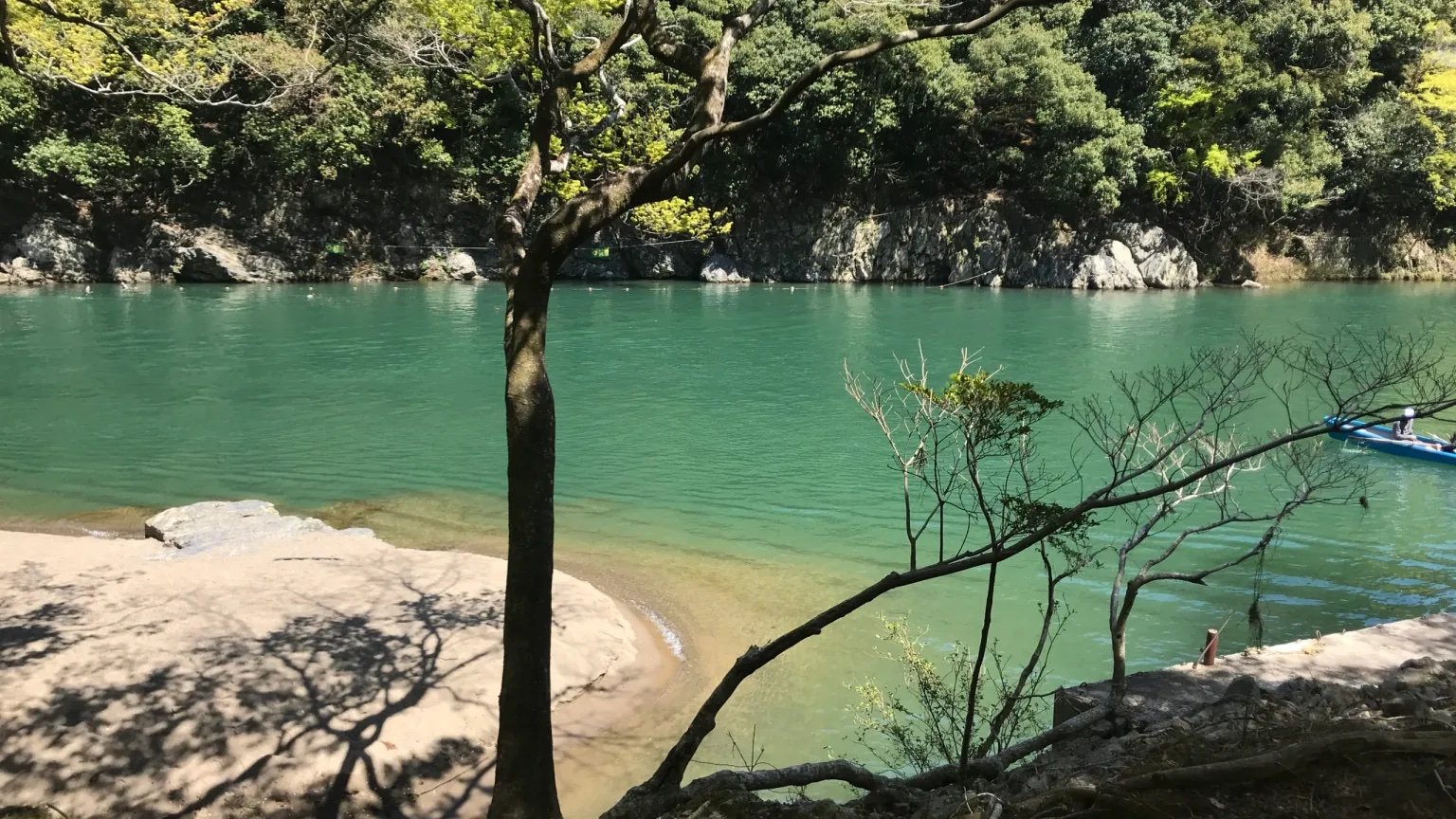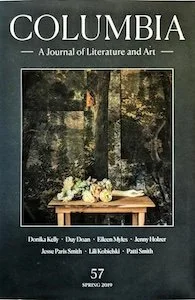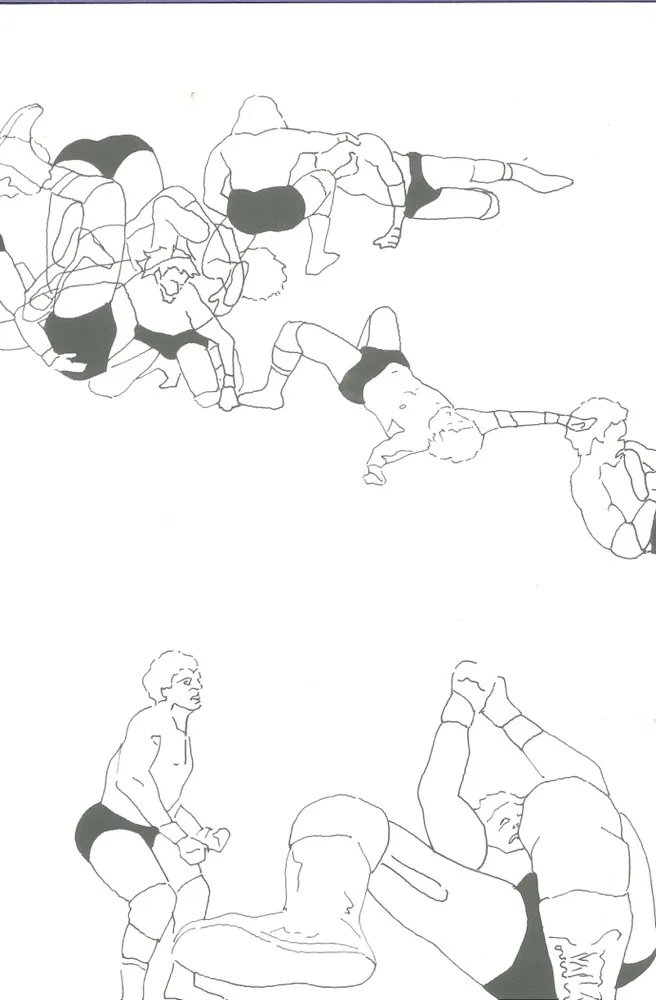Two Poems, (“On pain” and “On killing” I and II)
You talk of time and how its crooked ways will make us old as time. of daily devotions. of the goodness in good friday.
60 for 60: Yakudoshi
In a pink-painted room, in the throes of grief at my childhood cat dying without being able to say goodbye to him because I was away at college, a kind man wearing a Spirited Away shirt dug a bundle of needles into the thin skin of my wrist and gave me my first tattoo: an outline of a crescent moon in memorial of the cat, who was named Luna. I never wanted to get a tattoo, but in my distress the only thought that comforted me was the idea that I could carry him with me on my body.
In Search of Utopia: A Conversation with Adrian Shirk
“As soon as I start relying on the word ‘utopia’ it becomes a misnomer,” writes Adrian Shirk in the opening pages of Heaven Is a Place on Earth: Searching for an American Utopia. Through a blend of memoir and fieldwork, Shirk examines dozens of communities, experiments, and gestures born from a collective desire to make a better world in response to the ravages of empire and capitalism. Meanwhile, we read about Shirk’s personal quest to find a home of her own, all while trying to endure the American healthcare system and the precarious academic labor market.
60 for 60: The White Fox
Young adults who move back in with their parents after a period of living independently are known as “boomerang kids.” Once the subject of moral consternation by a commentariat convinced that excessive avocado-toast expenditures are all that stand between debt-burdened millennials and home ownership, “boomeranging” is no longer considered a troubling generational trend, but a fact of life. The Pew Research Center reported that, in February 2020, nearly half of all 18- to 29-year-olds in the U.S. lived with one or both parents. In the months that followed, the disruptions of the pandemic meant that the percentage of young people in the U.S. living at home broke a record set during the Great Depression.
The Elizabethan Sonnet
My teeth hurt. A sip of cold water or a quick breath on an icy day was enough to make me wince. I compared my smile to the way it looked in old pictures: the gums were definitely receding.
60 for 60: The Invisible Circus
If, like me, you’re eagerly awaiting the release of Jennifer Egan’s latest novel The Candy House next month, you’ll appreciate how serendipitous it felt to find this excerpt from her debut novel in the Columbia Journal archives.
5 Poems by Li Xiaoyang (pen name Cong An)
Fastened to keys and thieves in its fate
Just as life is fastened to the bright and degenerate,
To forgiveness or silence.
60 for 60: [So much joy! We have come as close as we dared, Lord]
This past week, many of my waking thoughts have strayed towards Ukraine, as I am sure is true for many. Between fear of nuclear threats from Russia, the danger of totalitarianism in Europe, and moving portraits of everyday citizens taking up arms, international consciousness is riveted to this disturbing development.
60 for 60: Details
I think often about grief writing and almost always in relation to how a professor once told me to underwrite grief, that to downplay it was the most effective way to portray the condition.
The Language between Worlds: A Conversation with Poet Carlie Hoffman
What does it mean to occupy an “Alaska of the mind”? Is it possible to write into and against the world of your own poems? In her debut poetry collection, This Alaska, Carlie Hoffman maps a vast, sparsely populated, and glacial terrain, choosing this landscape as the place of her reckoning with her childhood, grief, suffering, love, and hope. A poet, translator, and educator, Hoffman’s honors include a 92Y Discovery Poetry Prize and an Amy Award from Poets & Writers, among others. In conversation with Nina Reljić, a Columbia MFA student, Hoffman discusses her writing methodology and how some answers exist at the bottom of an endless well.
Towards a Black Orange
We can call something white, speak of a white city, we know that white is rarely uniform, that it connotes its varieties. But we cannot just speak of green for example. So many greens! The invasive green of vegetation, of Mother Earth. The green of chemistry. Even mineralogy transits between science and earth, the inert and the living. Verdigris evokes organic rot. Iron sulfate is an antibio, non-friable emerald magnifies the finger and the ear. Green of certain skies, green not terrestrial but cosmic. Green robe of the witch according to Michelet, green of the devil’s beauty. Green of soft silk and breakable glass, green paradox of a hard transparency, of a thin wall that lets one see. Hard to paint with green; all the colors are hard. As for the grays, they all have one color, and every color makes it. With gray, Braque builds form-spaces, the one thing I took from him—quite astounding. In a city, it’s always the reverse. Braque is not a decorative painter but the most secretive urbanistic dreamer—and there is no secret. Neither in a painting nor in a city. I do not propose anything, I say we don’t start from scratch, my impression isn’t a program, is even less a critique; I abstain when I cannot applaud. One must replay the whiteness, the flatness, the impossibility of a center, must play out the singular resistance of emptiness and of nothingness without wanting to refill it with the beautiful or the social. It’s up to the walker to be sound.
60 for 60: The First Gate
This initial version of Marie Howe’s “The Gate” appeared in our 1996 winter issue—coincidentally the year and season of my own birth. For a number of reasons, I’ve been obsessed for a while with the concept of a gate: the gates that we keep, the ones we pass or don’t pass at TSA, the rooms we are kept out of and are forced to break into or recreate outside toxic systems of power. Here, Howe deals directly with maybe the most important door we all must someday pass through.
Chapter 1 from Djinns
Hüseyin… Do you know who you are, Hüseyin, when you see the shining contours of your face in the reflection on the balcony door? When you open the door, stride across the balcony, and a warm breeze caresses your face and the setting sun glimmers between the rooftops of the apartments in Zeytinburnu like a giant tangerine? You rub your eyes. Maybe you’re thinking—maybe every obstacle and every conflict in this life was only there so that, one day, you could stand up here and know: I’ve earned this for myself. With the sweat of my brow.
60 for 60: The Dancing Mariner
It isn’t difficult to want to write about the sea. The open ocean is a cliché that one can’t get away from—at least, I can’t, or don’t, want to. Of the many poems that participate in this ocean-obsession, Coleridge’s weird and wonderful Rime of the Ancient Mariner is about as famous as famous can be. The poem is historically important because Coleridge, by writing in a ballad form, was intending to renew English prosody. (This is at least how he and Wordsworth looked at it.) But the poem is important in another way, too; it’s important because it’s indispensably fun, and certainly unforgettable.
I stole a timepiece
I’m situated now inside the evening
I carry two cold beers in my plastic grocery sac
It feels amniotic and sane
60 for 60: Elsa Minor
Elsa has a problem: she is invisible to everyone. Published by Columbia Journal in 1999, “Elsa Minor” investigates the relationship among mental health, human faith, and absurdism.
“Cut #1 (Kitchen at Noon)” and “Cut #5 (Winds)”
The blade, huge,
on which my daily
panic of a face









![60 for 60: [So much joy! We have come as close as we dared, Lord]](https://images.squarespace-cdn.com/content/v1/64078b07fc55bb62f3100e4e/be81b749-91d5-4614-b05c-6f06b302c49b/alice-kotlyarenko-urt5o3L9gNo-unsplash-scaled.jpg.webp.jpeg)







































